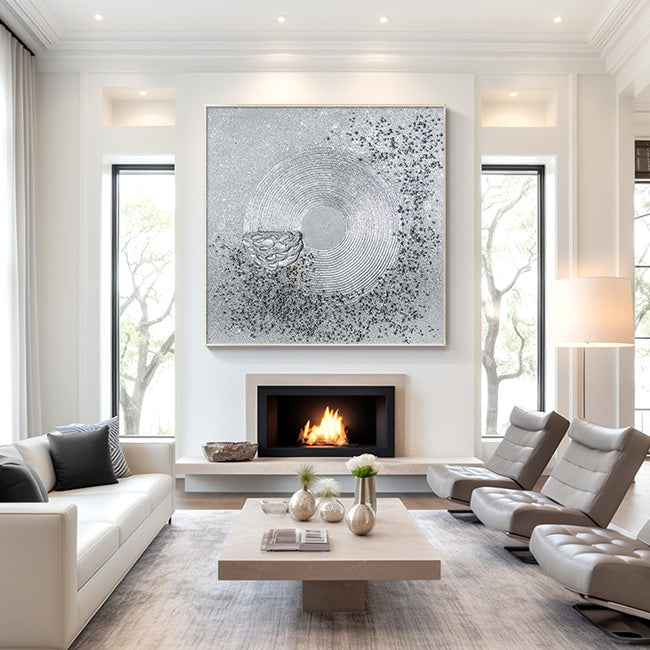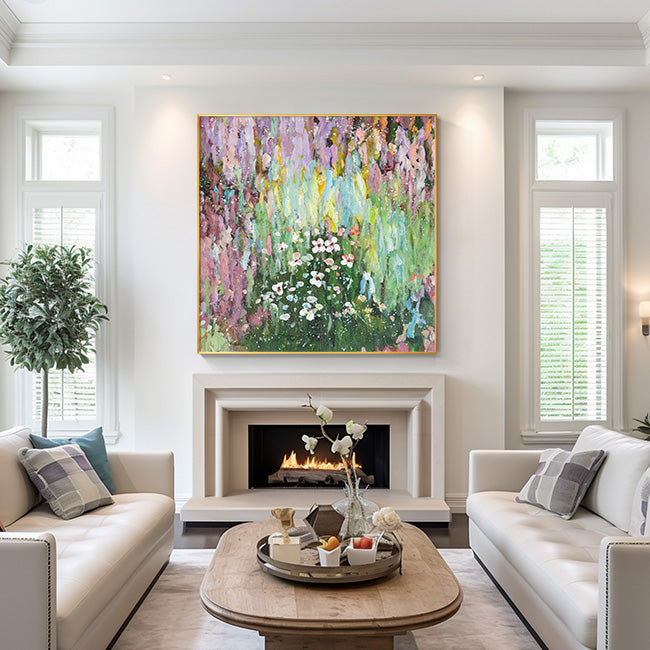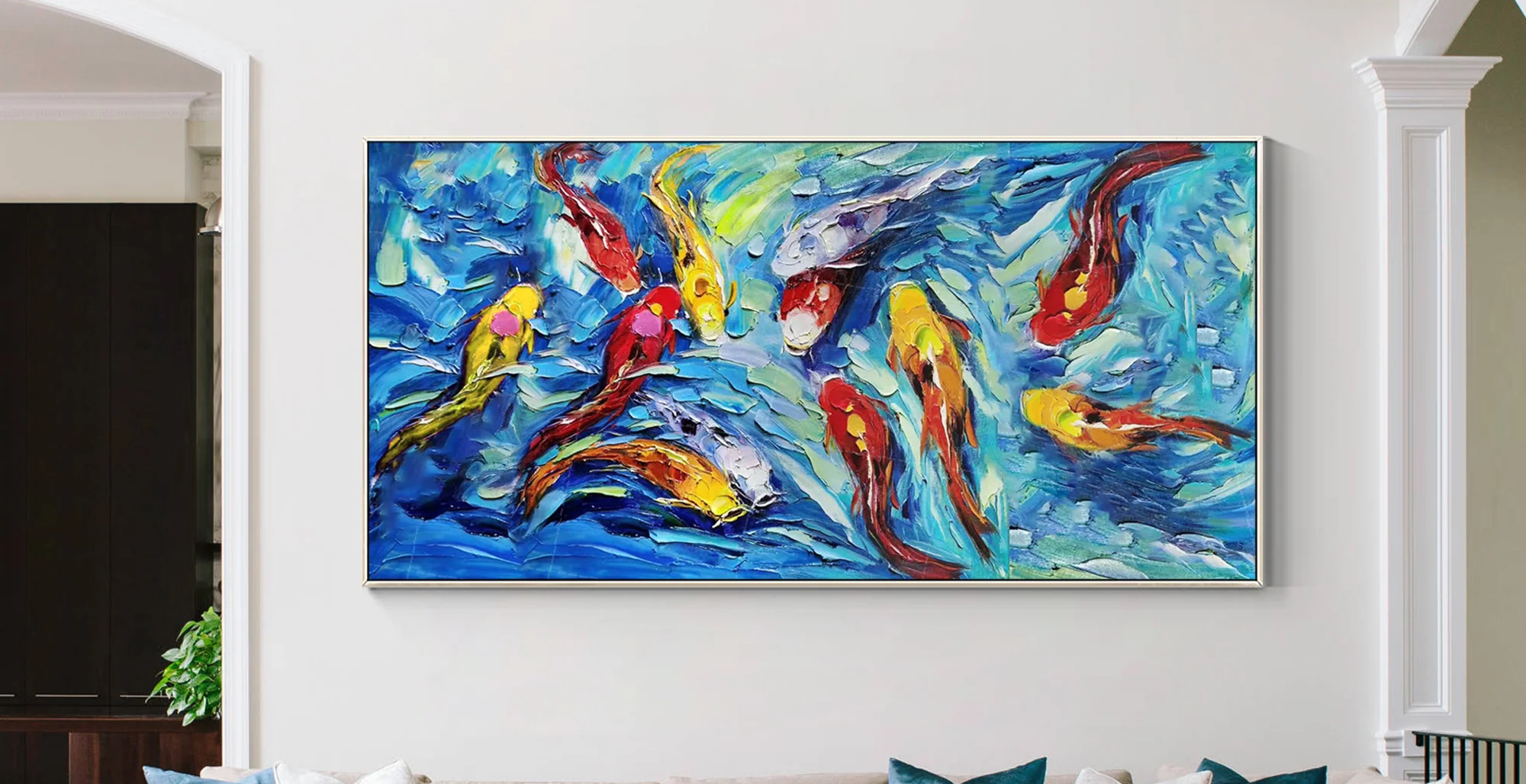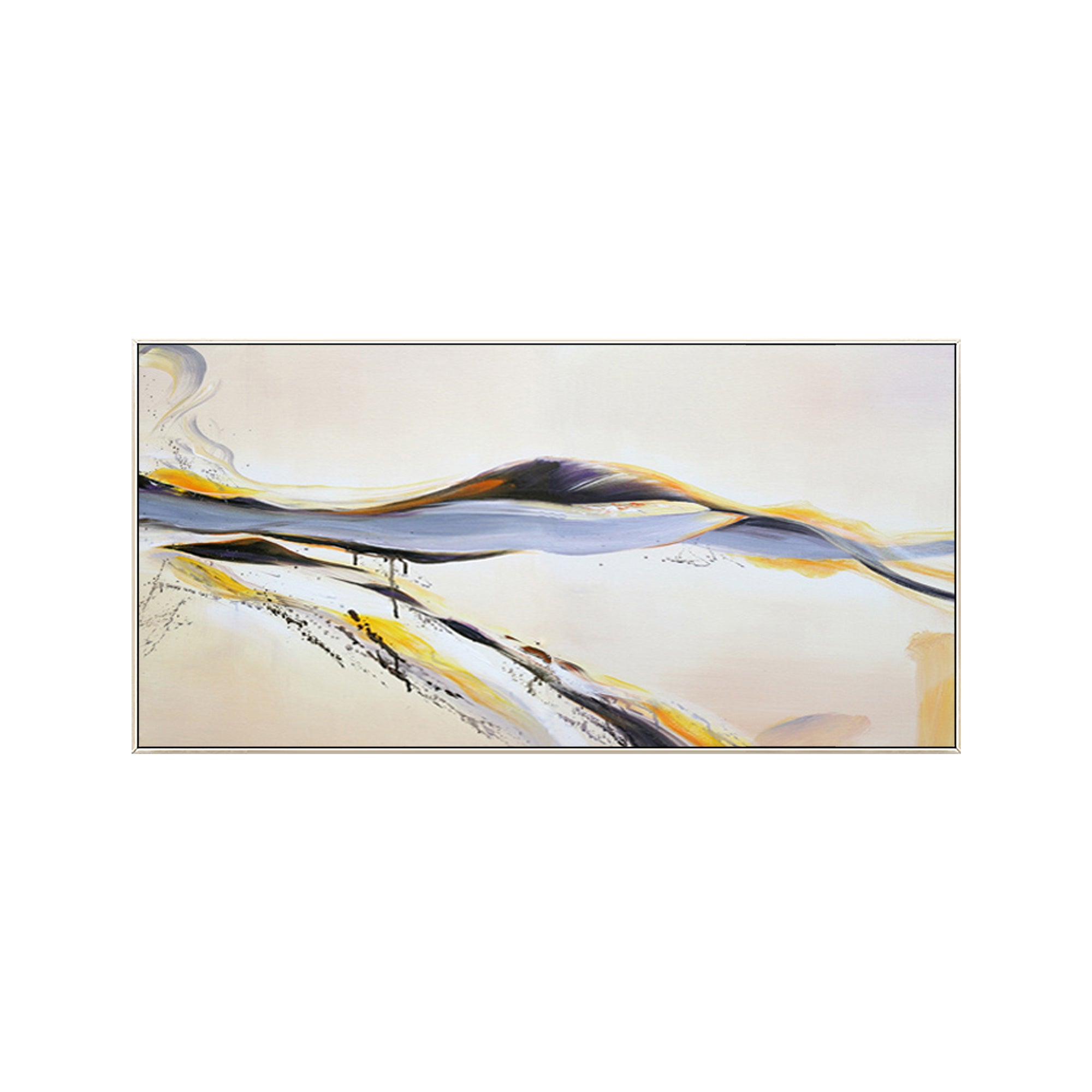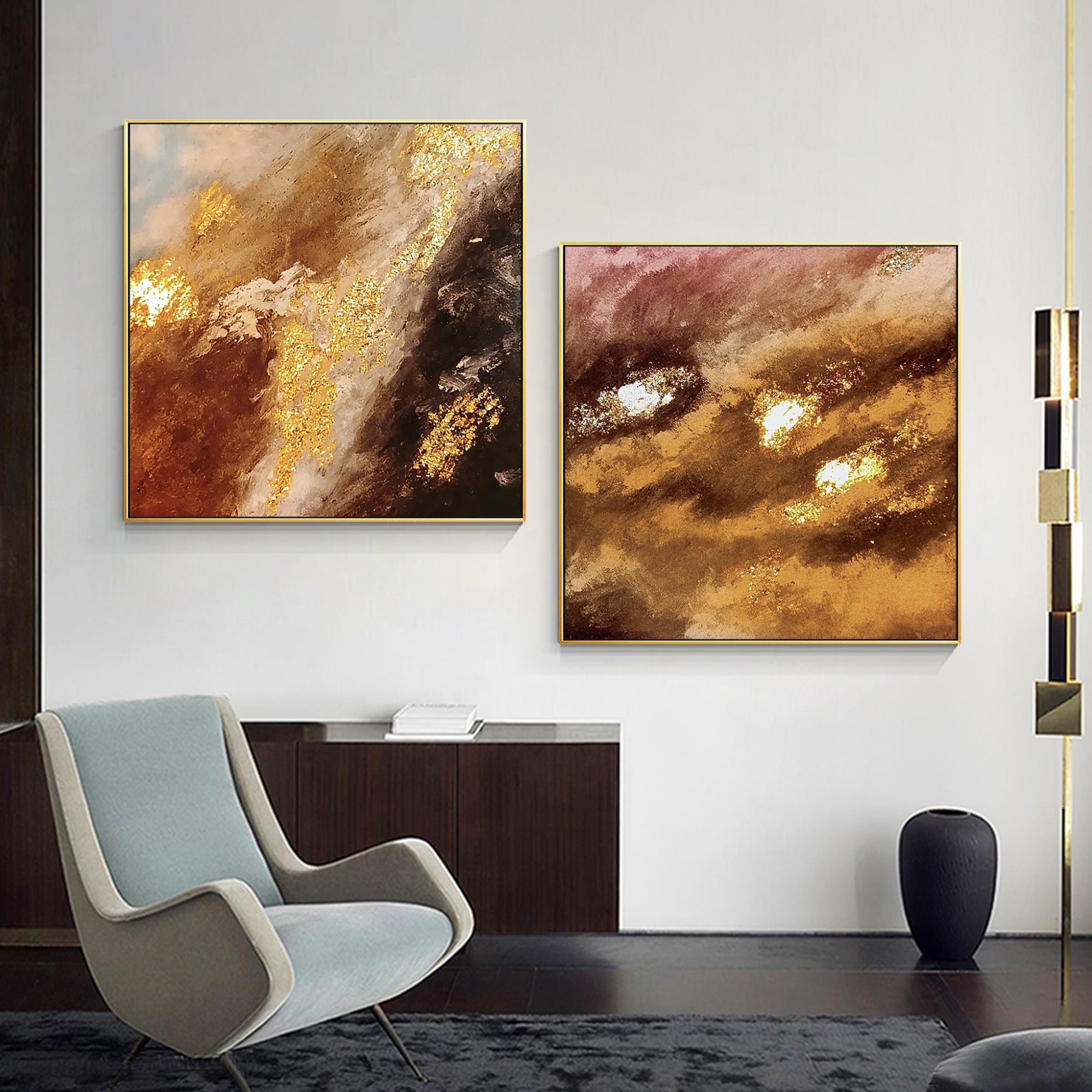
Fire Clouds
Fire clouds, whether literal or metaphorical, continue to inspire art across cultures and periods, offering a powerful lens through which to explore themes of beauty and flexibility.
J.M.W. Turner – The Burning of the Houses of Parliament (1834)
During the Romantic era, artists sought to capture the raw power of nature, often portraying phenomena like fire clouds, volcanic eruptions, or dramatic sunsets. J.M.W. Turner, for instance, painted fiery skies in works like The Burning of the Houses of Lords and Commons. His use of vivid reds and oranges mirrors the intensity of fire clouds, symbolizing both destruction and renewal. Turner's work often aimed to convey the sublime—a mix of awe and terror inspired by the natural world.

John Martin – The Destruction of Pompeii and Herculaneum (1822)
John Martin’s work is known for its grand scale and theatrical use of light and shadow, which you can see in The Destruction of Pompeii and Herculaneum. The painting is dominated by swirling clouds of smoke and fire, which are rendered in vivid oranges, reds, and dark browns. The erupting volcano looms ominously in the background, while the foreground is filled with figures fleeing the destruction, adding a human element to the overwhelming forces of nature.

Modern Art and Fire Clouds
Contemporary artists continue to explore fire clouds as symbols of climate change and environmental transformation. These works often carry a dual message—warning of ecological crises while celebrating the resilience of nature. For example, installations and paintings using fiery palettes may reflect the increasing prevalence of wildfires and their impact on the environment.
YmiPainting - Fire Clouds Original Diptych
This diptych, inspired by the captivating phenomenon of a "fire clouds" and influenced by various art movements, captures a striking balance of color and emotion. Created by the artist at YmiPainting, the piece channels the dramatic intensity of a fiery sky while weaving together elements from different artistic traditions.
The left panel, with its deep brown tones and gold foil accents, evokes the calm that follows the dispersal of a fiery cloud. The textured gold foil at the center serves as a symbolic remnant of the fading blaze, while the surrounding brown and dark black hues convey a sense of stillness, as though the sky has settled after the fire clouds has passed.

On the right, the rich orange dominates, swirling and blending with the brown tones to create a dynamic flow, symbolizing the movement of the fire cloud as it spirals into the atmosphere. Three small gold leaf highlights scattered across this panel reflect the flickering of flames, intensifying the sense of movement and warmth, as if the fire cloud is glowing within the air.
This piece offers a contemporary reimagining of a natural phenomenon through a minimalist yet emotionally charged perspective, merging serenity with turbulence. It reflects the fleeting beauty of fire and sky in a striking visual form.

